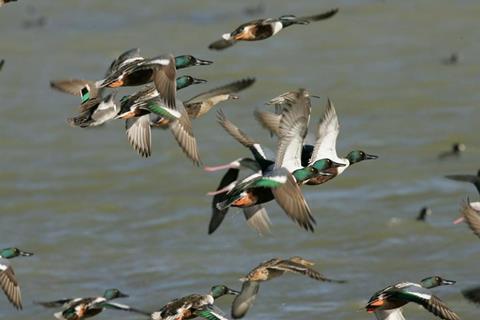The French Ministry of Agriculture has confirmed a case of the highly pathogenic avian influenza (HPAI) H5N8 strain in Calais, which the British Poultry Council (BPC) has described as a “serious concern”.

The strain, which has now been detected in 12 countries across Europe, was found in a group of approximately 20 wild ducks in France.
Chief executive of the British Poultry Council, Richard Griffiths, believes that the outbreak of HPAI in the UK would have a devastating impact on the industry and would disrupt international trade. He also noted that restrictions are still in place on exports of high value genetic breeding stock by China since the Nafferton outbreak in November 2014.
He commented: “The spread of HPAI H5N8 in wild birds and captive birds in 12 countries across Europe (and also found in wild birds/captive birds in Israel, Iran, Israel and India) is a cause for serious concern for our members as this particular strain of H5N8 is killing large numbers of wild birds unlike the strain circulating in 2014/15, so the risk of incursion into the UK wild bird population is greater.
“We are still in the migratory period and we understand around 85% of migratory birds have already arrived in the UK with a peak in numbers expected between December and January,” Griffiths continued. “An extreme cold spell of weather in northern and eastern Europe would encourage more to migrate towards the UK.
Máire Burnett, BPC agricultural manager, added: “We are encouraging our members to be vigilant, step up their biosecurity and put measures in place to minimise the risk of wild birds landing on free range units. Farmers should report any changes in bird health to their vet or local APHA and make use of the testing for exclusion to rule out disease.”
Defra, meanwhile, has revised and reissued its Biosecurity guidance on its website which provides guidance on temporary housing of birds and general biosecurity measures.
The Poultry Health & Welfare Group are also currently running Avian Influenza Roadshows around the country on contingency planning.
This story was originally published on a previous version of the Meat Management website and so there may be some missing images and formatting issues.















